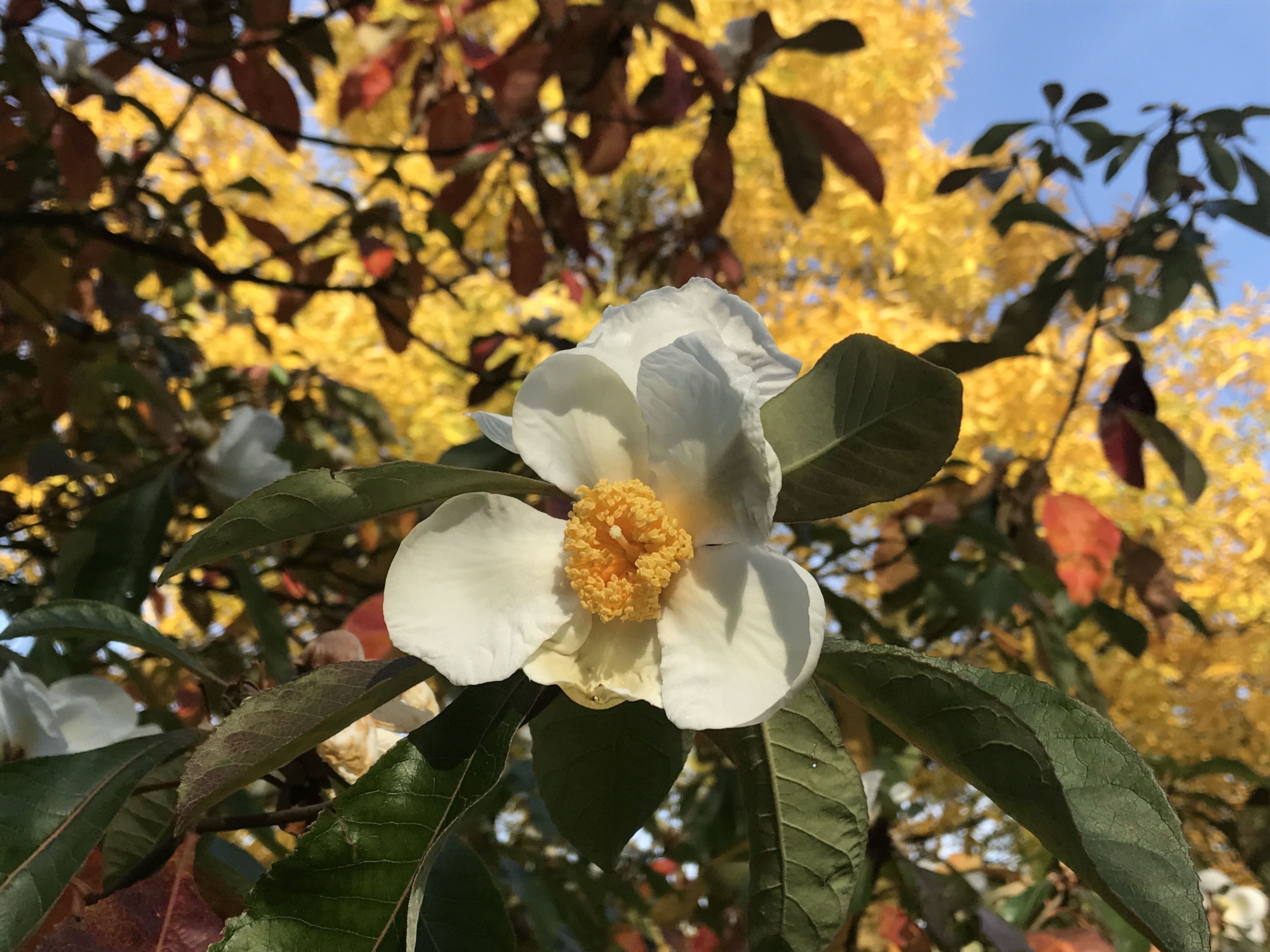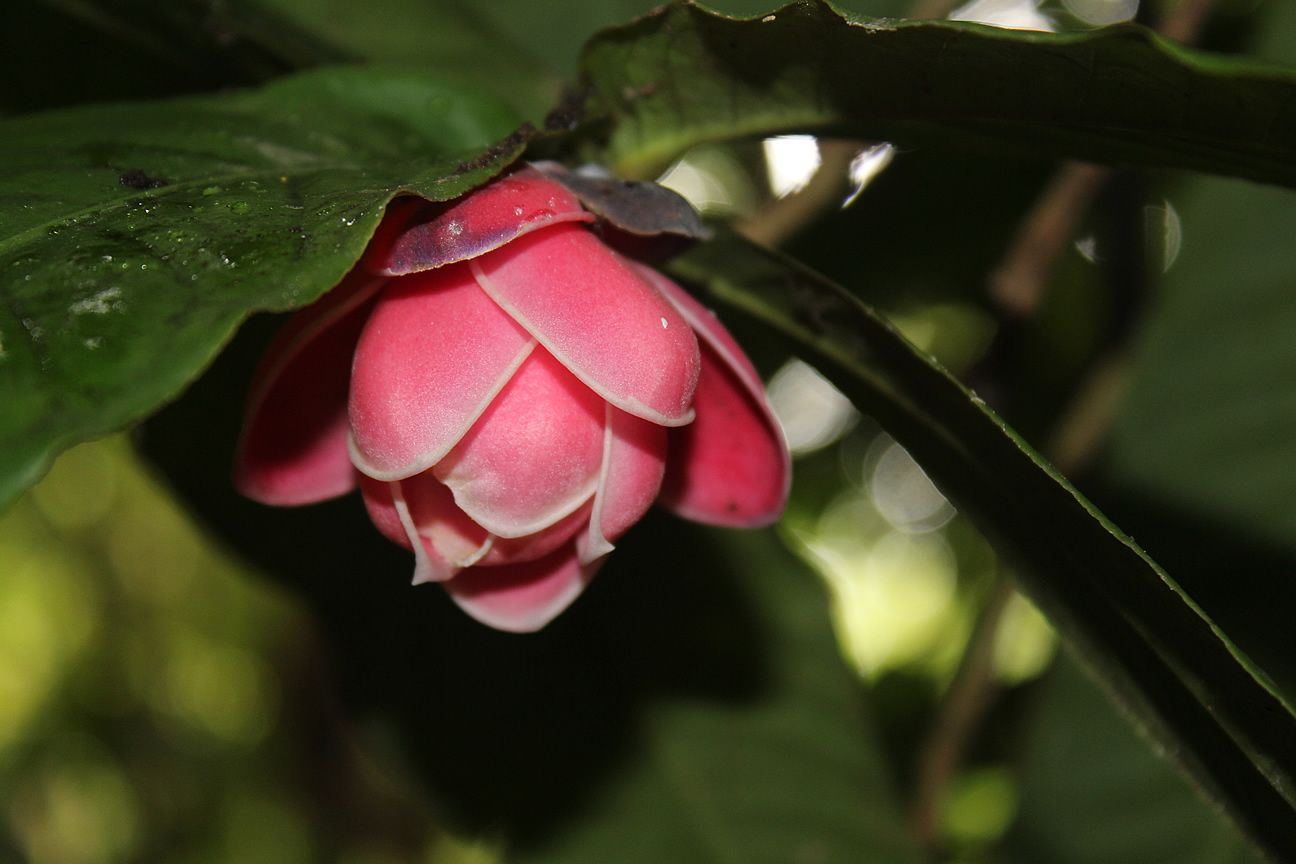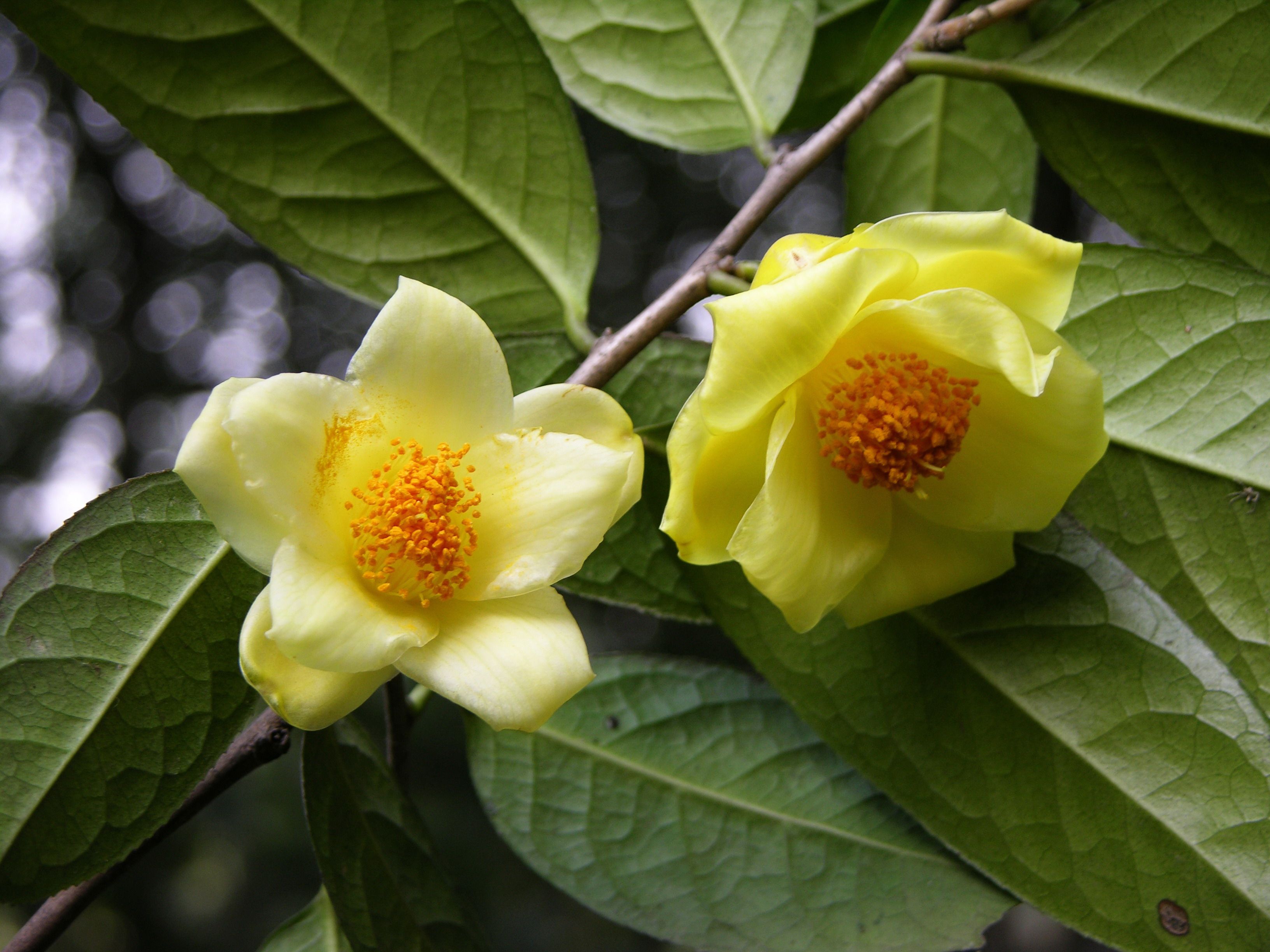Two Of The World’s 'Tea' Species Extinct In The Wild
-
Region
Global -
Topic
Conservation Prioritisation -
Type
News -
Source
BGCI
The Red List of Theaceae, the tea family, was published by BGCI today and identified that more than a third of the world’s Theaceae species are threatened with extinction. The report assessed 254 Theaceae species and identified 85 as threatened with extinction. Sadly, the report also identified two species as Extinct in the Wild, the Franklin tree Franklinia alatamaha and Camellia amplexicaulis, highlighting the urgent need for conservation action.
The genus Camellia has long been a horticultural favourite, giving a burst of winter colour to many gardens. Across the world, many people start their day with a warm cup of tea often derived from the species Camellia sinensis, or another close relative in the Camellia genus. However, the new Red List of Theaceae published today revealed that nearly half of Camellia species are at risk of extinction in the wild. Tea itself (Camellia sinensis) is assessed as Data Deficient, due to a lack of available information on the species wild population, despite its global cultivation.

Franklinia alatamaha
Franklinia alatamaha is Extinct in the Wild.

Camellia hongiaoensis flower bud
Camellia hongiaoensis flower bud

Camelia chrysantha cultivated in SCBG-taken by Ouyang Pei
Camellia chrysantha cultivated in South China Botanic Garden. Credit: Ouyang Pei
Theaceae does not only contain Camellia species; conservation assessments for the other eight genera were also included and overall one third of species are threatened. With the majority of these threatened species (32) assessed as Critically Endangered, the highest threat category on the IUCN Red List. Lesser-known genera such as Stewartia, Pyrenaria and Polyspora were frequently assessed as Data Deficient, with many species only known from a single herbarium collection.
Currently 51% of threatened Theaceae species are present in ex situ collections. Material in ex situ collections can be used in restoration or reintroduction programmes. However, the majority of Data Deficient species are not in ex situ collections. A full ex situ survey is found in the report.
The report identified deforestation, due to widespread agricultural expansion, as the greatest threat to the survival of the tea family species. In addition, the timber species in the family are widely utilised, putting many species at risk from logging in the wild. They can also be at further risk from over-extraction for plant collection due to lack of sustainable use and harvest.
This publication marks an important step towards the Global Tree Assessment. More specifically, The Red List of Theaceae offers the opportunity to prioritise global conservation efforts and target help towards the species most at risk. Already the Global Trees Campaign are working in Taiwan to conserve the Critically Endangered and endemic Pyrenaria buisanensis and have worked in China to protect threatened golden camellias (Camellia nitidissima and Camellia euphlebia).
Many thanks to BGCI partners and member gardens who provide information for the assessments and images for the report.